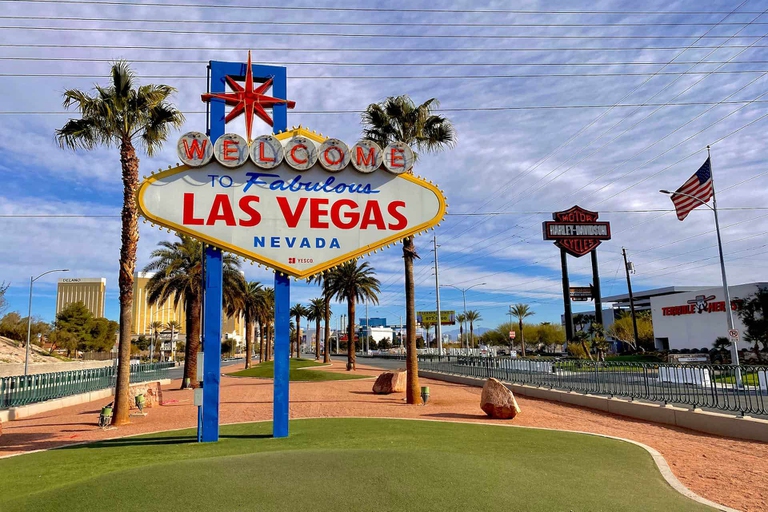https://www.lifegate.it/solar-city-las-vegas
- |
Las Vegas it is famous for its bright lights, excess and hedonism.However, what is often called the “city of sin” (without city, in English) is veering towards a more ecological approach.With initiatives ranging from water conservation to waste management to solar energy, the city has invested millions of dollars to promote sustainability projects.

Las Vegas is putting its money on sustainability
“Our commitment began in earnest in 2005,” he explained to BBC Marco Velotta, planner and chief sustainability officer of the city “then we accelerated with the Recovery act of 2009,” a legislation that set goals for renewable energy, water conservation, recycling and green buildings.“Thanks to the Recovery Act and the direction of the city council, the city was able to do so an initial investment of 75 million dollars in sustainability projects,” concluded Velotta.
According to Velotta, despite the increase in population, water consumption has decreased significantly.The manager predicts that 50 percent of electricity by 2030 of Nevada will come from renewable sources.Particularly in the famous one strip, the central street of Las Vegas, the local administration has intensified its efforts to switch to renewable energy.Most resorts have developed sustainability initiatives through a tax break program;furthermore, resorts must comply with state regulations, which require them to generate 40 percent of their energy from renewable sources.“Most have exceeded this threshold,” says Velotta.“Las Vegas has come a long way in a short time.”
Las Vegas is the second solar city in the United States
Although the progress made by the Las Vegas strip, famous for its excess, may seem impressive (the city's commercial sector represents one-third of Nevada's total energy consumption), today the American city is located at second place in the United States for solar capacity per capita, just after Honolulu.
Tourists are surprised by the degree of sustainability achieved by the city's resorts and hotels, which are already making the most of the 320 days of sunshine a year that the city enjoys.For example, MGM Resorts International has developed its own 100-megawatt solar system, which provides power to 11 of its properties in Las Vegas, equivalent to the needs of 27,000 homes.In 2023, the Resorts world hotel announced that it had reached an important milestone, completely powering its facilities with renewable energy sources, just two years after opening.NV Energy supplies the 3,500-room hotel with renewable energy from solar, geothermal and wind facilities located in Nevada.Many of these facilities have invested billions of dollars in energy efficiency measures, for example in battery storage.
Furthermore, Las Vegas is located in the Mojave Desert, poor in water resources, making water conservation “essential” in the hotel chain's sustainability efforts.On this Velotta assured that, thanks to measures to reduce the impact on water resources, 97 percent of the water used in Las Vegas in fountains and artificial waterways is recycled:a crucial element considering the rapid depletion of the Colorado River, on which the city depends for drinking water.
Despite these efforts, administrators admit that water consumption it is still too high.But Las Vegas exists and cannot be changed overnight.For this reason, the enormous efforts of accommodation facilities are hailed as concrete and valuable commitments for a better future.However, the city's enormous energy needs must still face great challenges.Las Vegas - a young city, only 119 years old - is a path in progress and, in addition to energy production and water consumption, two other essential components on which to work in the future have already been identified:transport – currently dominated by cars and trucks – and the excessive use of air conditioning.These are the two main causes of greenhouse gas emissions in the city:now concrete measures are needed to alleviate their burden too.
